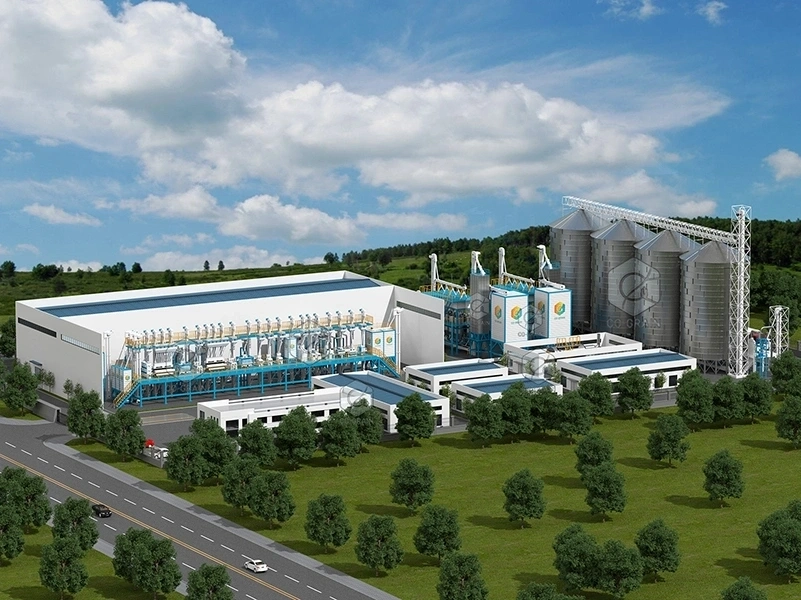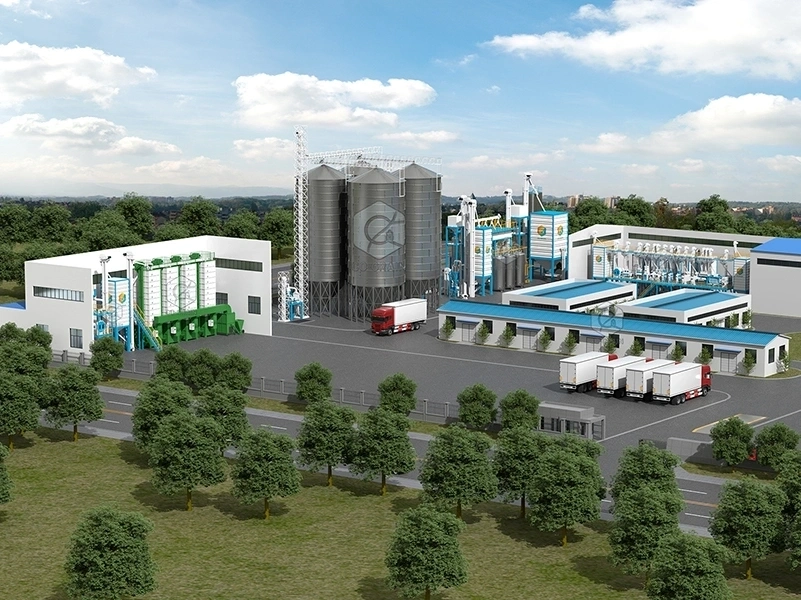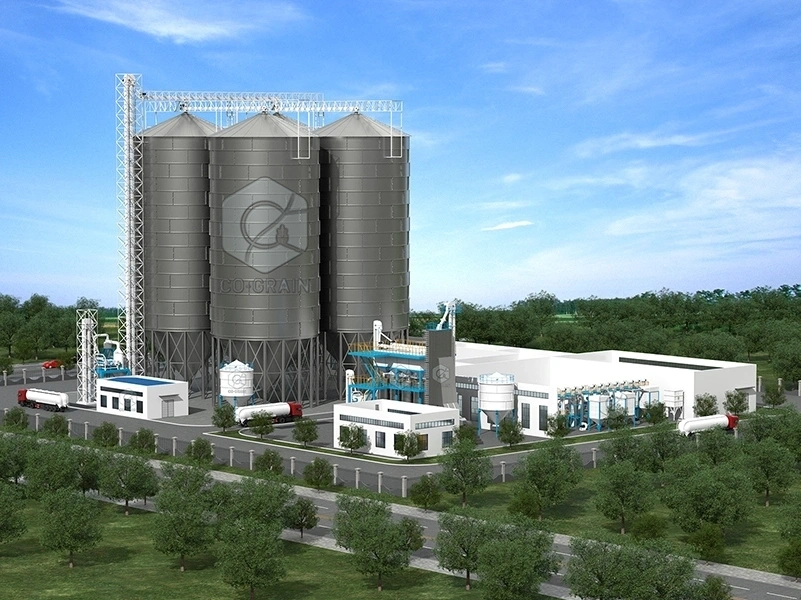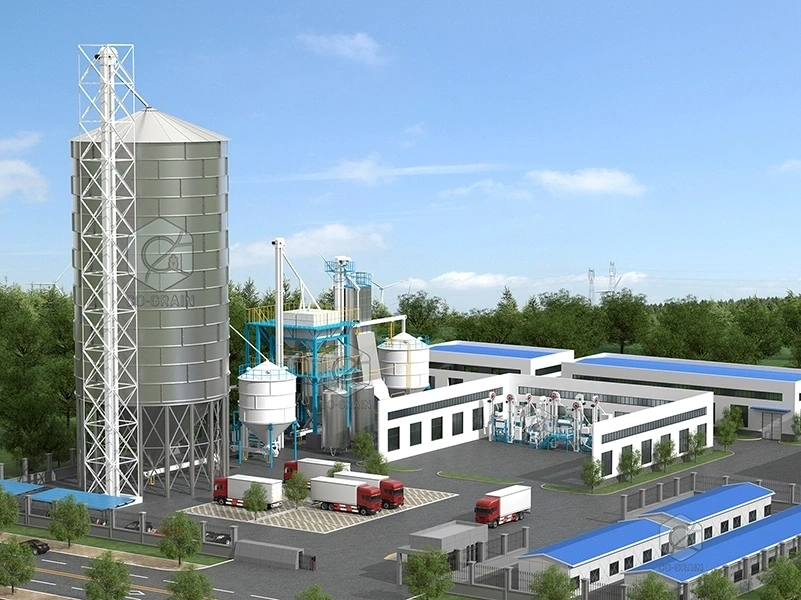Rice Market Analysis in the Philippines
1. General situation of the Philippines
Located in the Western Pacific Ocean, the Philippines is a multi-ethnic archipelago in Southeast Asia. It covers an area of 299,700 square kilometers and has a population of 103 million. 47% is agricultural land and 401 hectares of food land. Rice is the main crop in the Philippines, and at least one-third of the country’s agricultural land is used to grow rice.
The Philippines is located in a monsoon climate zone. Due to the narrow and long distribution of the country, its arable land is very widely distributed. Due to the frequent impact of tropical storms, the Philippine rice industry has only a suitable planting period of 6 months per year, which has been unable to meet the domestic market demand for a long time. Therefore, the government has continued to provide a large number of policies and financial support to the rice industry and vigorously develop hybrid rice cultivation.
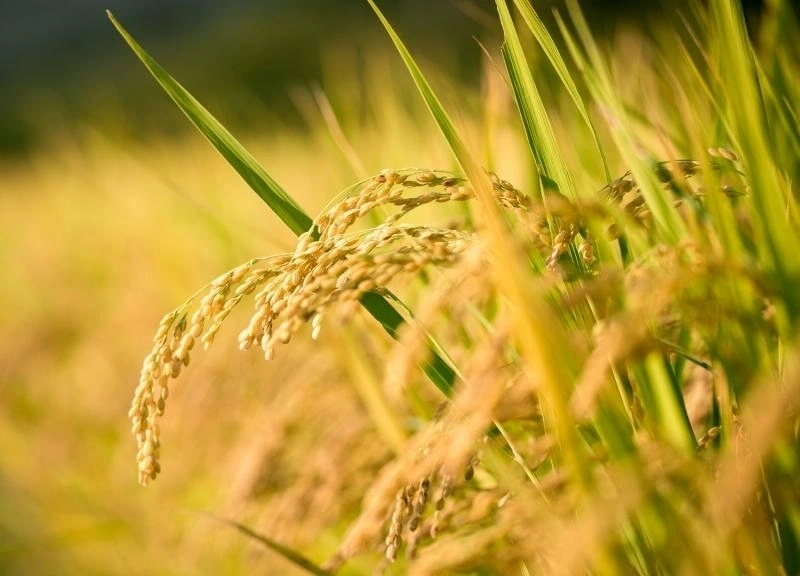
2. Philippine rice quality classification
Philippine rice is divided into super-fine rice milling, fine rice milling, general rice milling, and low rice milling according to the fineness of processing. The agricultural machinery used in the Philippines is mainly small, simple, and low-priced. Including walking tractors, windrowers, threshers, dryers, rice mills, water pumps, etc. 93% of harvesting operations rely on manual operations, and only 7% use windrowers. The degree of mechanization of threshing operations reaches 93%. The degree of mechanization of drying is only 5%, which is mainly used by large rice mills to dry rice. Rice milling is all done by machinery.
With the implementation of the market economy, consumers are increasingly demanding high-quality products, so we provide the following suggestions for the Philippine market.
The high demand for high-quality rice requires advanced harvesting techniques
Proper post-harvest processing and technology will not only reduce losses and improve product quality but also help people build their farm-level secondary processing and value-added processing businesses, bringing more employment opportunities, and thereby enhancing and improving farmers' life.
The increase in the demand for rice has promoted the demand for advanced milling technology and equipment to a certain extent. There is still a long way to go before the Philippines can achieve self-sufficiency in rice. To curb population growth, improve varieties and expertise for agricultural development, improve seed quality, and good management (including new post-harvest technologies) are the best ways to increase rice yield and product quality.
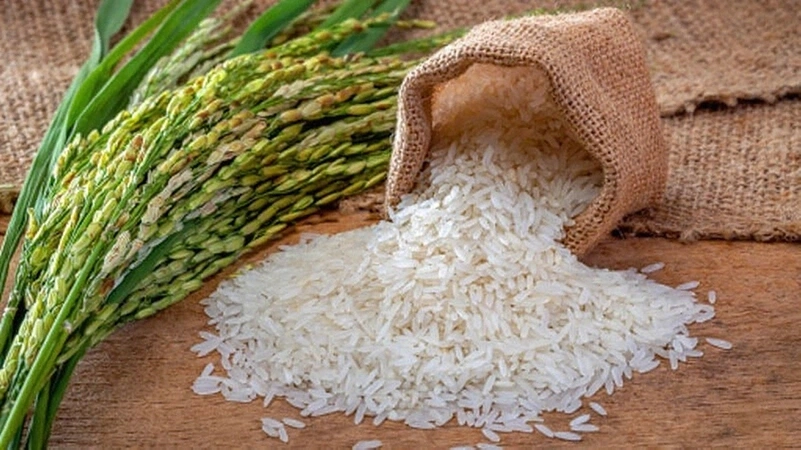
3. Philippine rice market research
(1). Philippine rice regional market distribution, market capacity, production scale, government policies
More than half of rice cultivation in the Philippines is concentrated on Luzon Island, especially in the central plains of Luzon Island. There is plenty of water and fertile soil. It has always been called the "granary" of the Philippines. Followed by the Cagayan Valley in the northern part of Luzon, the Ilocos region, and the Bicol Plain in the southeast.
Rice is an important food crop in the Philippines. It nourishes 86% of the population of the Philippines and has a high per capita consumption. In 2015, per capita, rice consumption reached 109.5 kg. According to Thelma Padolina, a senior researcher at the Philippine Rice Research Institute, the rice planting area in the Philippines reached 4.56 million hectares in 2016, the total output in 2017 was 19.3 million tons, and the national average yield was 4.03 tons per hectare. According to the Philippine Secretary of Agriculture William Dar 2020, By the end of this year, the Philippines’ rice stocks may reach 3.3 million tons because the Philippines is speeding up rice purchases while striving to increase domestic production.
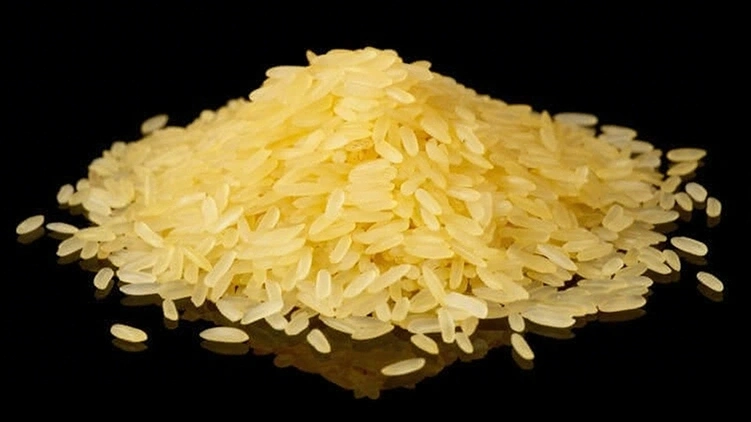
The Philippine government has adopted some policy measures to further reduce market intervention in agriculture. In particular, the subsidized credit scheme was canceled, allowing private traders to import rice, albeit in very limited quantities. However, the focus on food (rice) self-sufficiency has been further strengthened. Various plans have been developed under AFMA to increase rice productivity (Cororaton and Corong, 2009). The composition of the budget support for agriculture in the first half of the 2000s was increasingly biased towards rice: the total agricultural budget used to support rice production increased from about 40% in 2000 to nearly 60% in 2005. After increasing rice production, the government failed to reduce its dependence on rice imports. After the global food price crisis in 2008, budget expenditures on agriculture increased significantly. The government concentrated on strengthening rice production plans, increasing public irrigation expenditures, and input subsidies to achieve self-sufficiency in rice by 2013 (later changed to 2016).
The new "2011-2016 National Development Plan" aims to address the main challenges facing the agricultural sector, namely the high cost of agricultural inputs, inefficient supply chains, and logistics systems, an insufficient supply of irrigation infrastructure, low technology adoption, and limited access to formal credit.
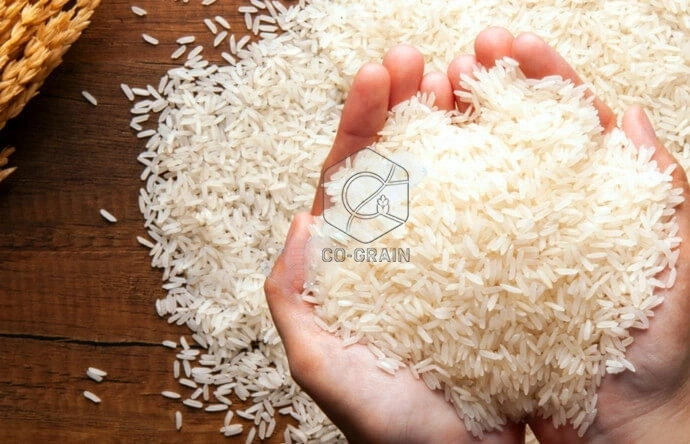
(2) Consumer groups, market prospects, and profit forecast
Farmers sell rice crops to rice mills. The rice milling machine processes the rice into rice milling. Rice is transferred from mills to wholesalers, who sell it to retailers, which in turn are divided into traditional retail stores (rice sold in public markets, or roadside stalls) and modern retail stores (i.e. supermarkets and Retail chain stores).
It can be seen that the specific consumer groups in the Philippines are rice mills and other factories with a relatively high degree of agricultural mechanization. To achieve self-sufficiency in high-quality rice, the Philippine government is working hard to make the rice growers’ cooperatives a major partner in the modernization of the rice milling industry. According to surveys and field studies, most rice mills in rural areas in the Philippines use single-channel mills, with 50% to 57% recovered from skinless rice. Modern rice milling technology has improved the rice supply situation in the Philippines.
The rice production process will be further improved in mechanization and automation in the future. The price difference from wholesale to retail (accounting for part of the retail price) is between 6% and 8%. The price difference from rice to wholesale is even wider, from 40 to 44%. This probably reflects the higher cost of this part of the chain, as it covers processing (such as processing costs and quantity adjustments for recycling rice milling) and assembly costs from rice farmers to millers.
To increase the added value of the Philippine rice planting industry and form a complete industrial chain, Philippine rice growers should purchase advanced agricultural machinery, because advanced agricultural machinery can bring good economic benefits, reduce labor input and increase economic output; At the same time, it can promote the development of rice and promote the development of agricultural modernization.
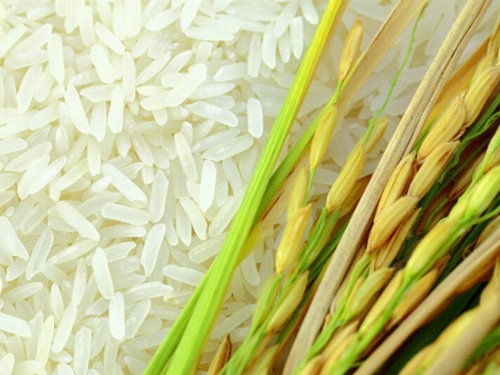
4. Rice Production in the Philippines
Rice production in the Philippines is an important part of the country’s food supply and economy. The Philippines is the eighth-largest rice producer in the world, accounting for 2.8% of global rice production. In 2010, the Philippines was also the world's largest rice importer.
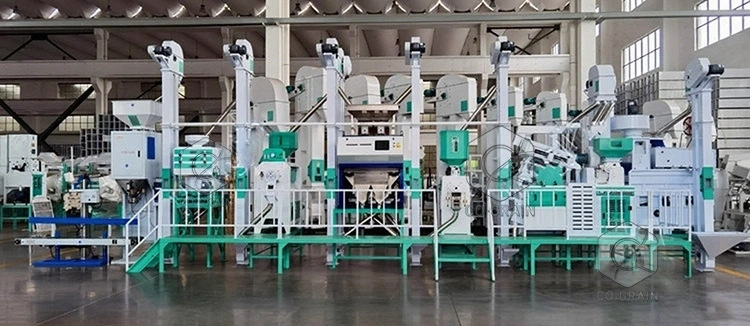
Manila, Philippines-According to the Global Agricultural Information Network (GAIN) report of the United States Department of Agriculture (USDA), Philippine rice production is showing a positive rebound due to the rice farmers' support program. Rice production in the 2021-22 marketing year is expected to reach 19.68 million tons, an increase of 1.6% over the previous year. The USDA’s estimate of rice imports for the 2021-22 marketing year remains unchanged at 2.2 million tons, as increased domestic production by the Rice Competitiveness Enhancement Fund (RCEF) and other support programs reduce import demand. RCEF was launched two years ago to support Philippine rice farmers to increase production and compete with cheaper imported products.
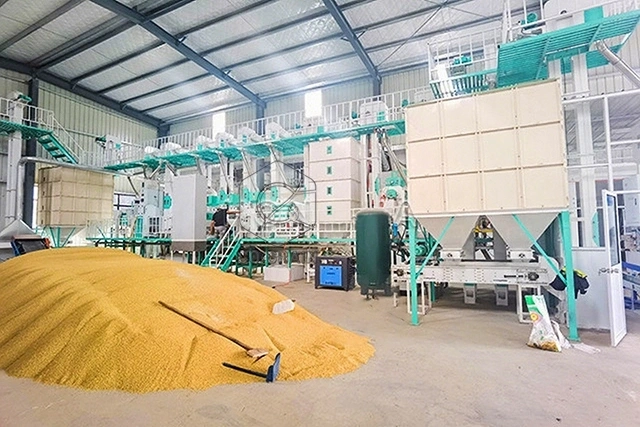
Henan Co-Grain Machinery Engineering Co., Ltd. was established in 2000. It is a professional manufacturer and exporter of rice mills, rice processing machines, rice processing plants, rice processing plants, paddy parboiling plants, etc. We can provide a unique overall layout design, customized rice mill products, and installation services for the rice mill production line according to the different needs of customers and site conditions. It combines technology, manufacturing, and sales in one.
If You Are Ready to Start a Rice Milling Business, please contact us for the Rice Milling Machine. We Can Provide Professional Design and Comprehensive Guidance According to Your Needs. Get in touch with us now!
Welcome Contact Us!
Henan Co-Grain Machinery Engineering Co., Ltd.
Email: info@ricemillplants.com
Phone/Whatsapp: 0086-18339828199


